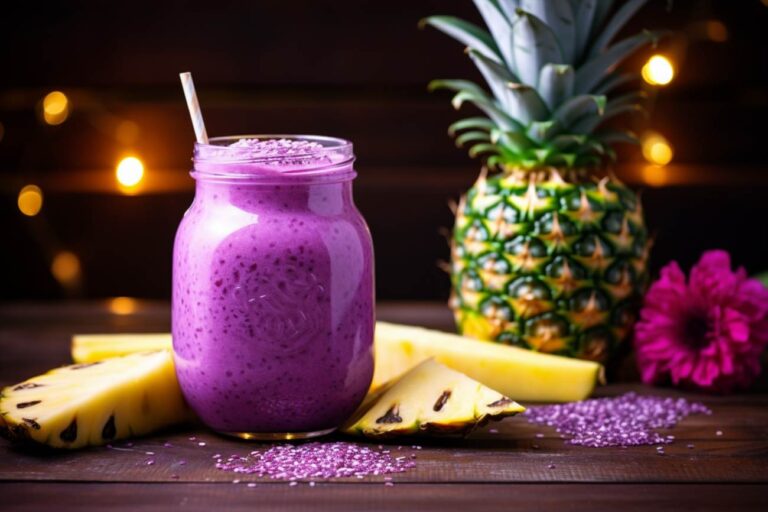Smoothies have become a popular and convenient way to incorporate a variety of nutrients into our daily diet. These blended beverages offer a delicious and efficient way to consume fruits, vegetables, and other nutritious ingredients. In this article, we will explore the topic of smoothie kcal, delving into the caloric content of these vibrant concoctions and how they can contribute to a balanced and healthy lifestyle.
The basics of smoothies
Smoothies are typically made by blending a combination of fruits, vegetables, liquids, and additional ingredients such as yogurt, nuts, or seeds. The result is a tasty and refreshing drink that can be enjoyed at any time of the day. While smoothies are known for their nutritional benefits, it’s essential to understand the caloric content to make informed dietary choices.
Calories in smoothies
The caloric content of a smoothie depends on its ingredients and serving size. Fruits and vegetables are generally low in calories, but added ingredients like sweeteners, full-fat dairy, or high-calorie toppings can increase the overall kcal count. It’s crucial to be mindful of portion sizes and the inclusion of high-calorie components if you are monitoring your calorie intake.
Fruit choices matter
Fruits are the primary components of most smoothies. While they are rich in vitamins and minerals, some fruits are higher in calories than others. Bananas, mangos, and avocados, for example, contribute more calories compared to berries or citrus fruits. Mixing a variety of fruits can provide a balance of flavors and nutrients without significantly increasing the kcal content.
Watch the liquid base
The choice of liquid also influences the caloric content of your smoothie. Using water, unsweetened almond milk, or low-fat yogurt as a base can keep the kcal count lower than using high-sugar fruit juices or full-fat dairy. Opting for lighter liquid options is a simple way to enjoy a delicious smoothie without unnecessary calories.
Creating low-calorie smoothies
If you’re looking to reduce the kcal content of your smoothie, consider incorporating more low-calorie fruits and vegetables, using a calorie-free liquid base, and minimizing the use of high-calorie additives. Experimenting with recipes allows you to discover combinations that not only taste great but also align with your dietary goals.
Faqs: answering your questions
Q: can smoothies be a part of a weight-loss diet?
A: Yes, smoothies can be a part of a weight-loss diet when made with low-calorie ingredients and consumed in moderation. Pay attention to portion sizes and choose ingredients wisely.
Q: are green smoothies lower in calories?
A: Green smoothies, which often include leafy greens and low-calorie fruits, can be lower in calories. However, the overall kcal content depends on the specific ingredients used.
Q: is it necessary to count calories in a smoothie?
A: While it’s not mandatory, being aware of the caloric content in your smoothie can help you make choices that align with your dietary goals, whether it’s weight maintenance, loss, or overall health.
Conclusion
Smoothies offer a versatile and delicious way to incorporate essential nutrients into your diet. By understanding the caloric content and making mindful ingredient choices, you can enjoy these blended beverages as a wholesome addition to your daily nutrition. Experiment with different recipes to find the perfect balance of taste and nutrition that suits your preferences.
Zobacz także:






